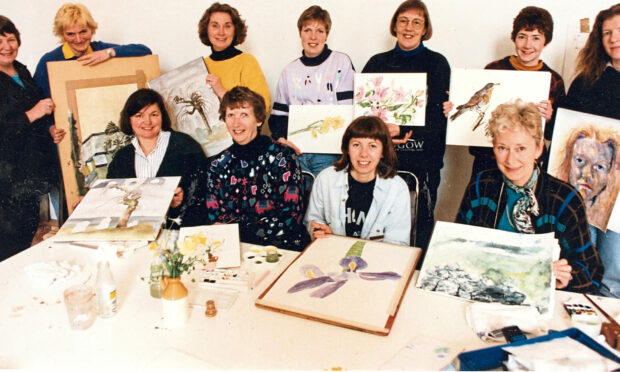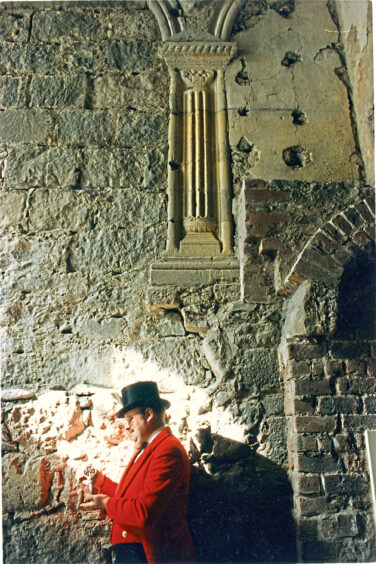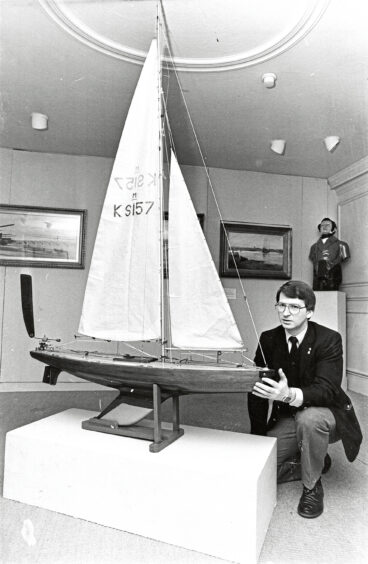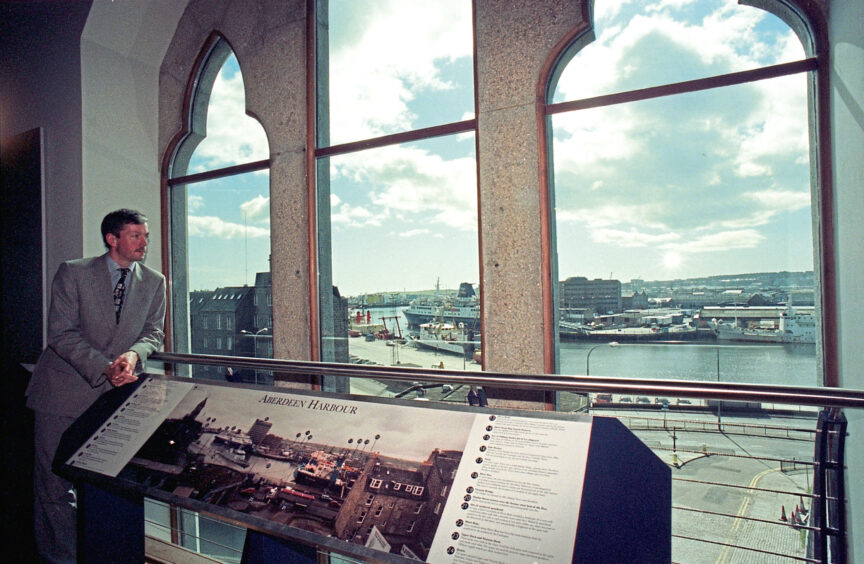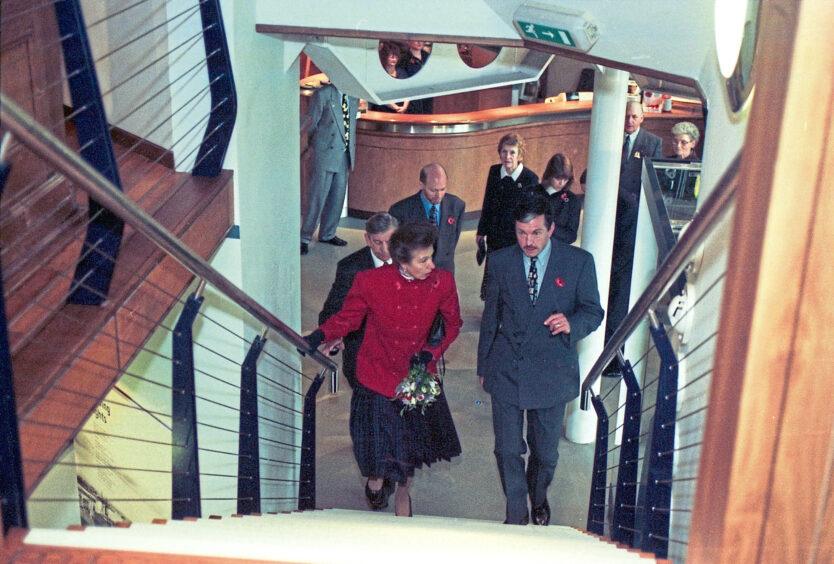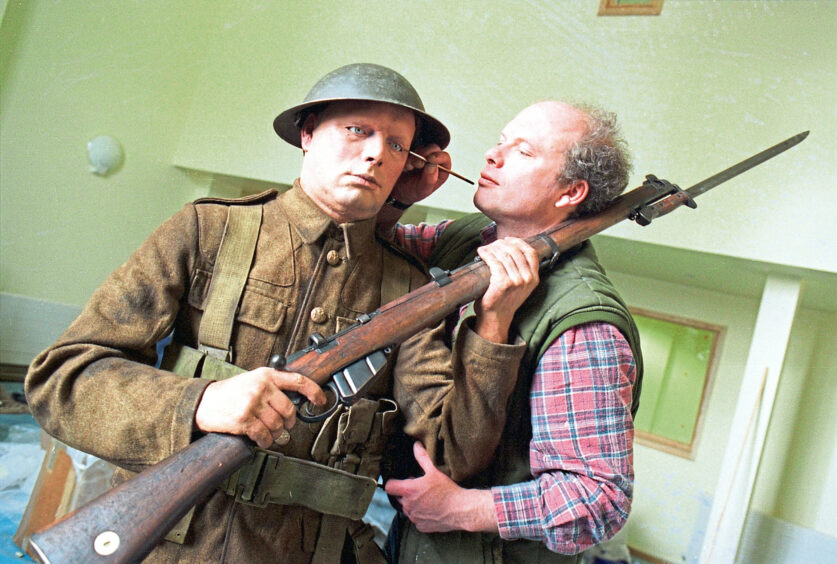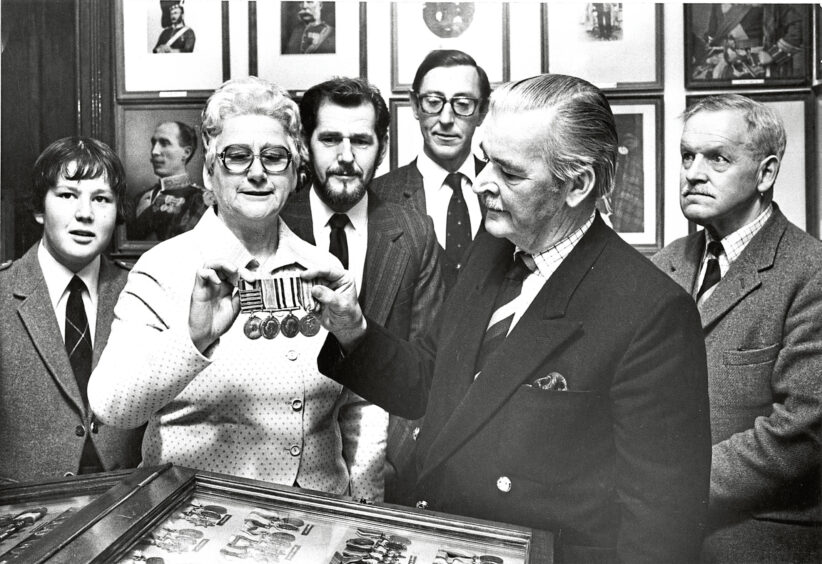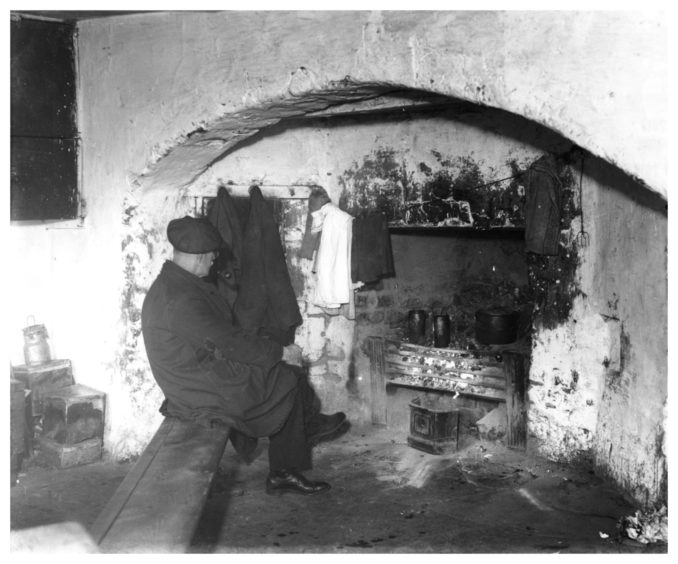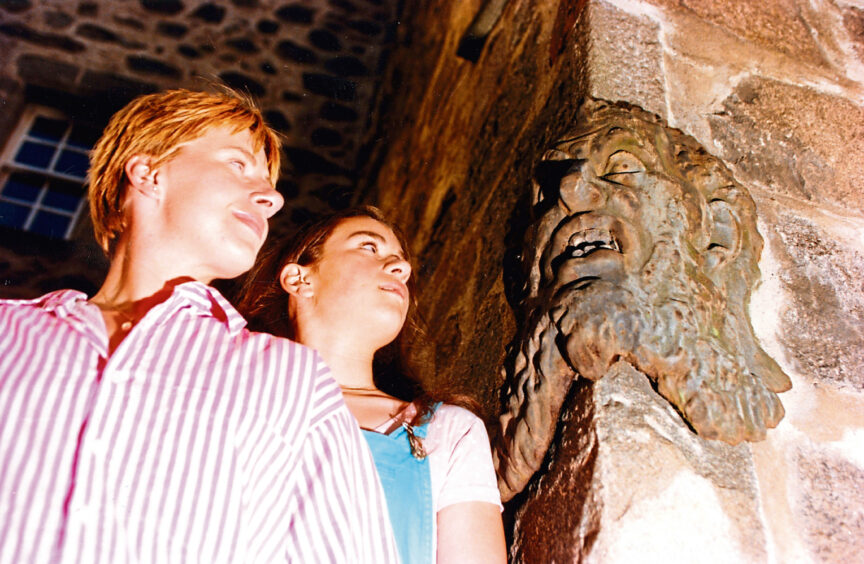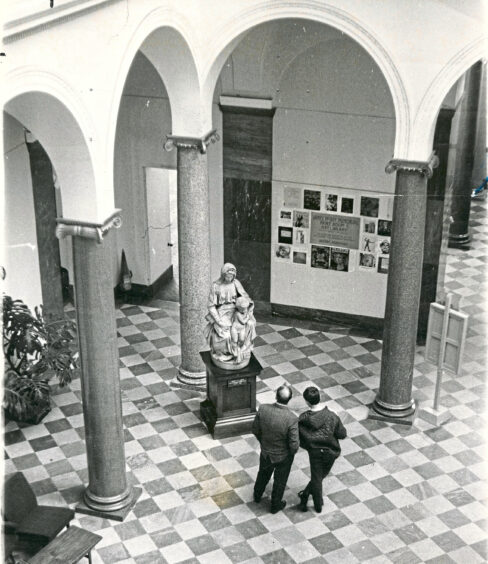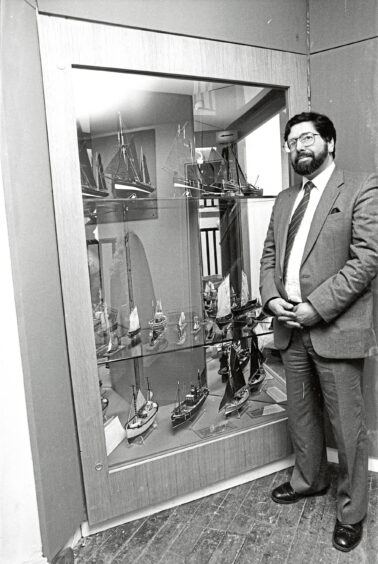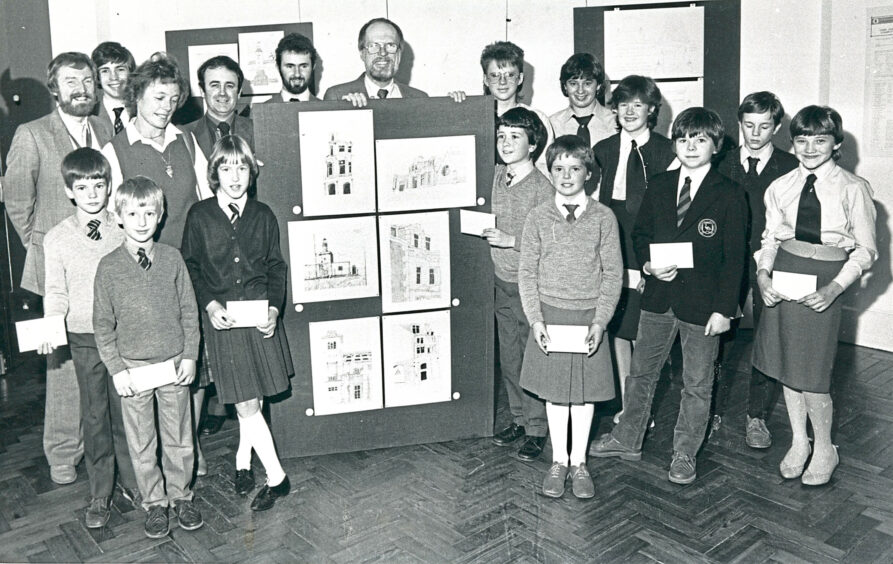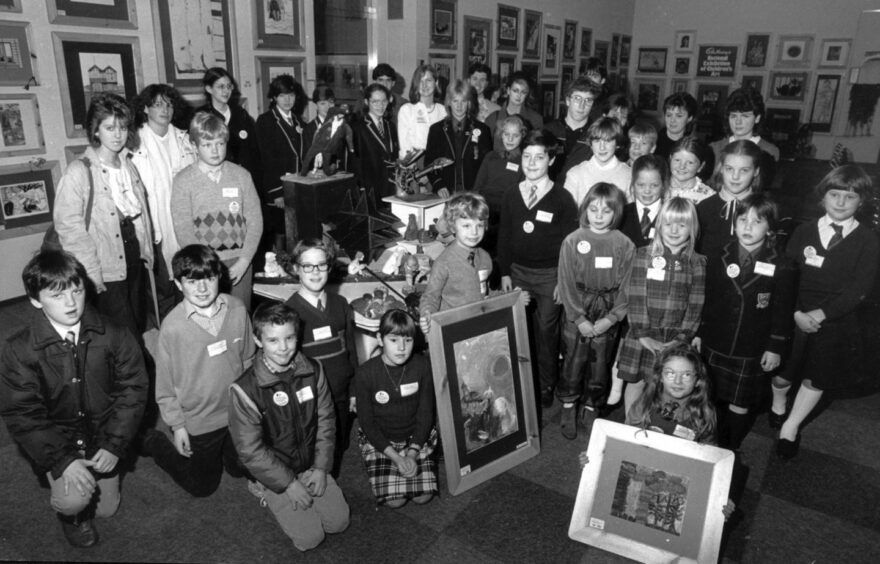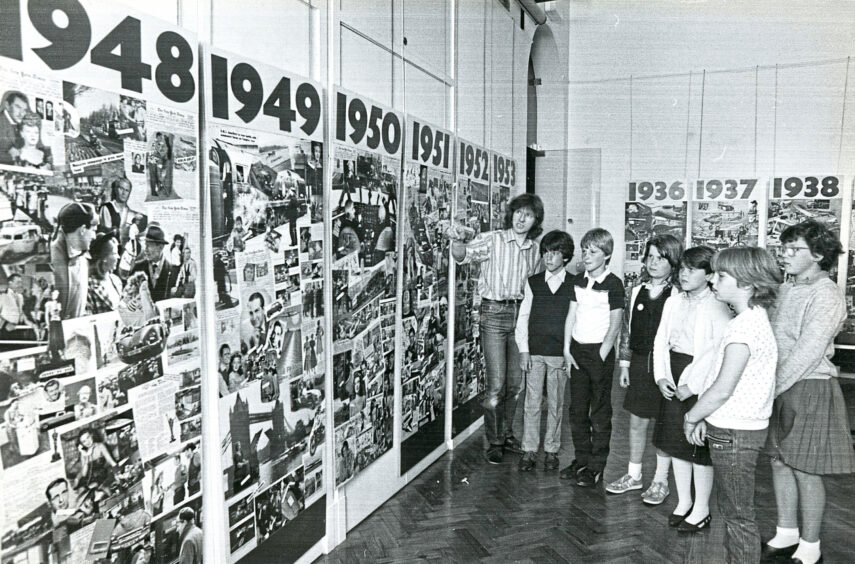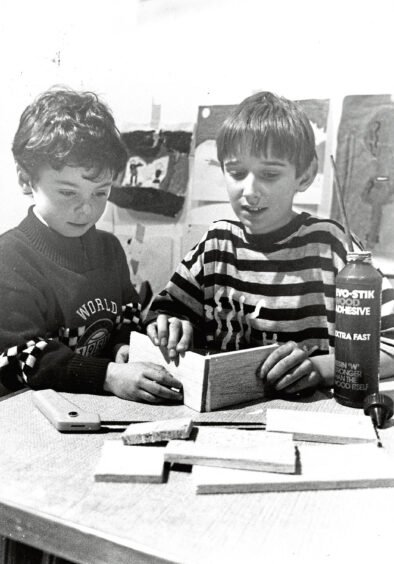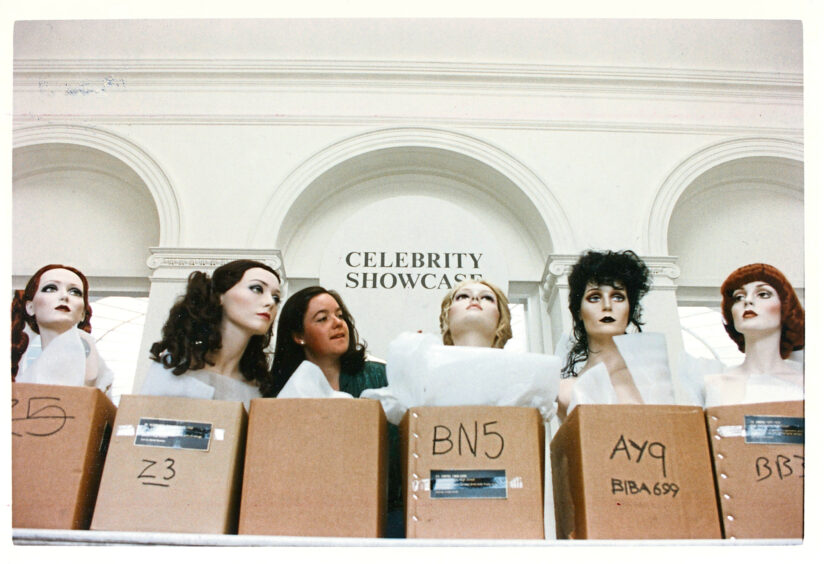For this week’s edition of the Aberdonian, we collected photos of Aberdeen museums through the years.
Do you recognise any familiar faces?
The Tolbooth Museum
The Tolbooth Museum was opened by Aberdeen City Council in 1995 in the former city’s prison.
During the 17th and 18th century, The Tolbooth was where criminals and accused were held and tried.
Among those who were detained and tortured at the Union Street gaols were the Aberdeen and shire men and women accused of witchcraft and sorcery.
The museum is testament to Aberdeen’s local history and the development of crime and punishments through the centuries.
The museum is temporarily closed while a survey of the historic building is carried out.
Aberdeen Maritime Museum
Aberdeen Maritime Museum was opened in 1984 by Queen Elizabeth The Queen Mother.
Located in Provost Ross’s House on Shiprow, the exhibition celebrates the Granite City’s maritime history and impact on North Sea oil.
Within a few years of opening, Aberdeen City Council purchased adjoined Trinity Congregational Church to expand the museum.
Aberdeen Maritime Museum reopened in May 1997 after a £1 million revamp.
It was visited by Princess Anne later that year, where “after accepting a posy from Nicole Smith, the six-year-old daughter of principal project architect Trevor Smith, she signed the visitors’ book, chatted with museum staff and looked at displays”.
Gordon Highlanders’ Museum
Based in the former home and studio of prominent Aberdeen artist Sir George Reid, the Gordon Highlanders’ Museum was opened in 1997.
It came to be to commemorate the 200-year-long history of The Gordon Highlanders Regiment.
Established in 1794 by Alexander, 4th Duke of Gordon, The Gordon Highlanders quickly became known as one of the most effective and ‘bydand’ – Scots for ‘steadfast’ and a motto featured on their cap badge – regiments in the British Army.
The museum comprises multiple rooms with interactive maps, original film footage, and weapons to help visitors immerse in the regiment’s history.
Provost Skene’s House
Provost Skene’s House dates back to 1545 and it is the oldest townhouse in Aberdeen.
It takes its name from merchant and provost Sir George Skene, who lived in Aberdeen during the 17th and 18th century and resided in the house.
During the following two centuries, Provost Skene’s House went from being a grand Victorian home to being a hostel for the homeless.
The house was almost demolished in 1940, but thanks to public opposition it was ultimately restored and opened as a museum in the 1950s.
Provost Skene’s House celebrates the people of Aberdeen and their contribution to the world and after extensive renovations, reopened last year with its Hall Of Heroes project.
Aberdeen Art Gallery
The idea behind Aberdeen Art Gallery emerged in 1873 when local collectors led by John Forbes White first decided to display their art collections in a public exhibition.
This display inspired a plan to establish a permanent art gallery accessible to the public.
The gallery officially opened in 1885 in a Victorian granite building designed by Elgin-born architect Alexander Marshall Mackenzie. The same building it still resides in to this day.
The decades that followed saw various expansions of the gallery. The first one came in 1905 with the addition of a sculpture court. The new room containing a plaster case collection was built to give Gray’s School of Art students a space to practice drawing.
The War Memorial just outside the gallery and Cowdray Hall were built in the 1920s.
